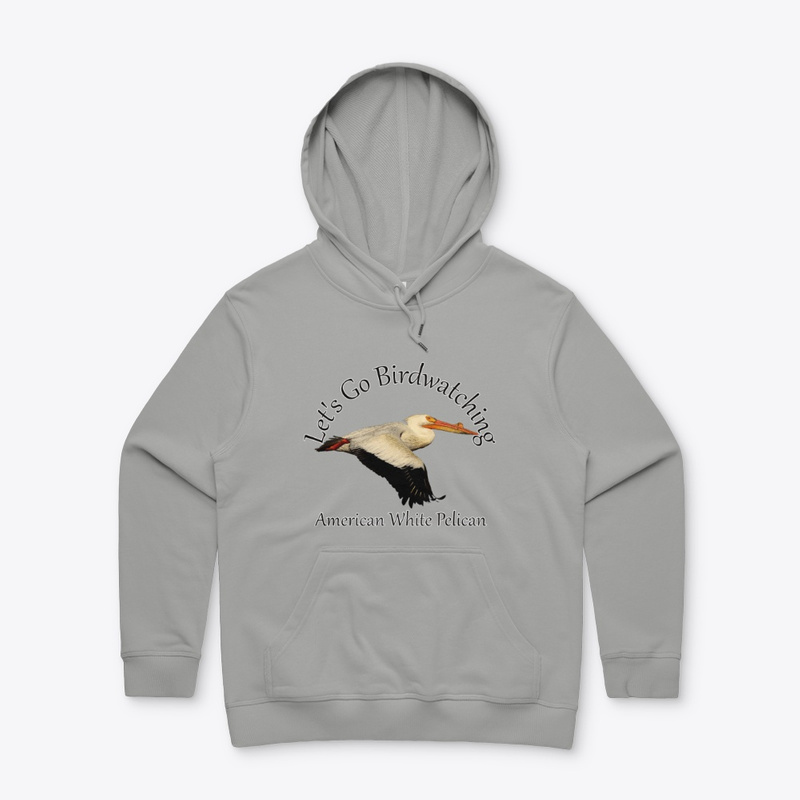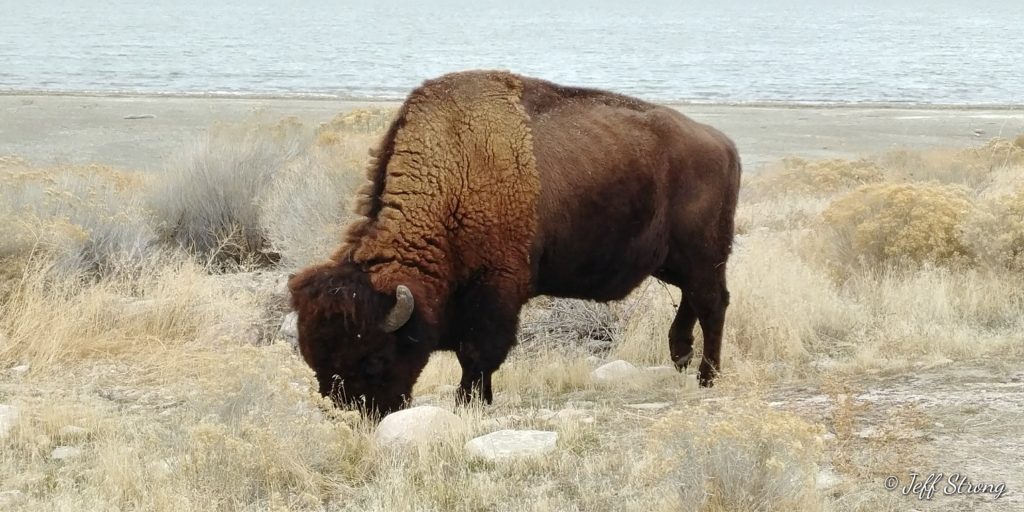Last summer, my mother and I were taking a drive around Antelope Island to look for birds when we crossed paths with a very interesting sight, one I had never seen before on the island but a sight that immediately caught my attention as both a birder and a photographer.
We came across a few solitary bison bulls that were slowly feeding and grazing their way southward near the road that headed to the Garr Ranch facilities.
While photographing the nearby bison, I noticed a small flock of birds purposely following the large bovines very closely for some reason.
Naturally, being an avid birdwatcher, I was quite interested in why those birds were almost and constantly under afoot, in a manner of speaking.
The bison paid no attention to the birds while the large mammals casually fed on the dry island grasses.
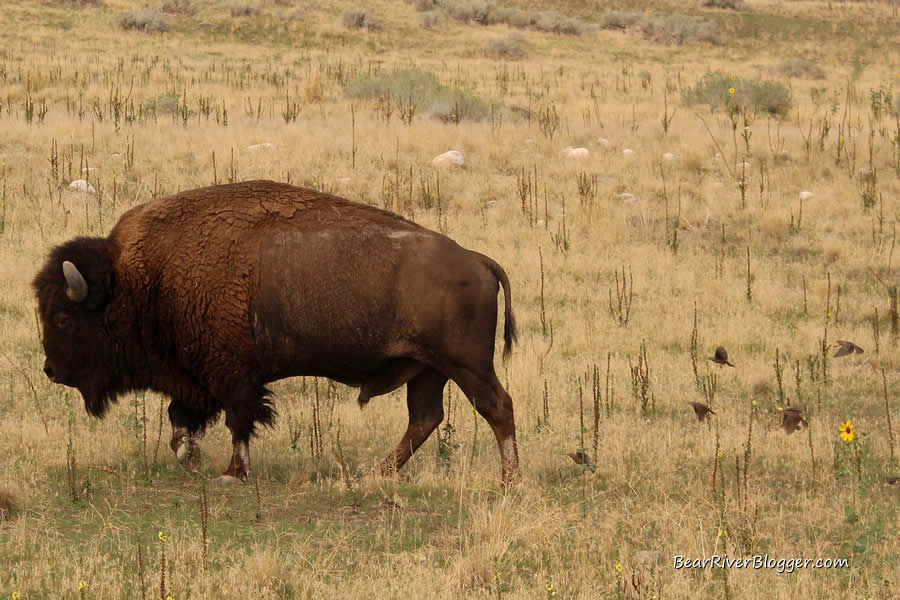
But it wasn’t until I came home and enlarged one of the images that I was certain why those birds, most likely cowbirds if I’m not mistaken, were so closely following the bison.
Although they eat a lot of grass and weed seeds and some grains, cowbirds will closely follow bison, cattle, and horses to eat insects, such as grasshoppers, kicked up by the grazing animal’s large hooves.
Cowbirds will also sit atop the bison’s backs to pick flies, ticks, and other insects from their heavy coats and bare skin.
In fact, cowbirds are not alone in this behavior as starlings and magpies will also sit on a bison and feed on the relentless pesky flies and insects.
This behavior not only feeds the birds but also serves a very important function for the bison as well.
Take a close look at how the flies have bitten and caused a large sore to appear on this particular bison.
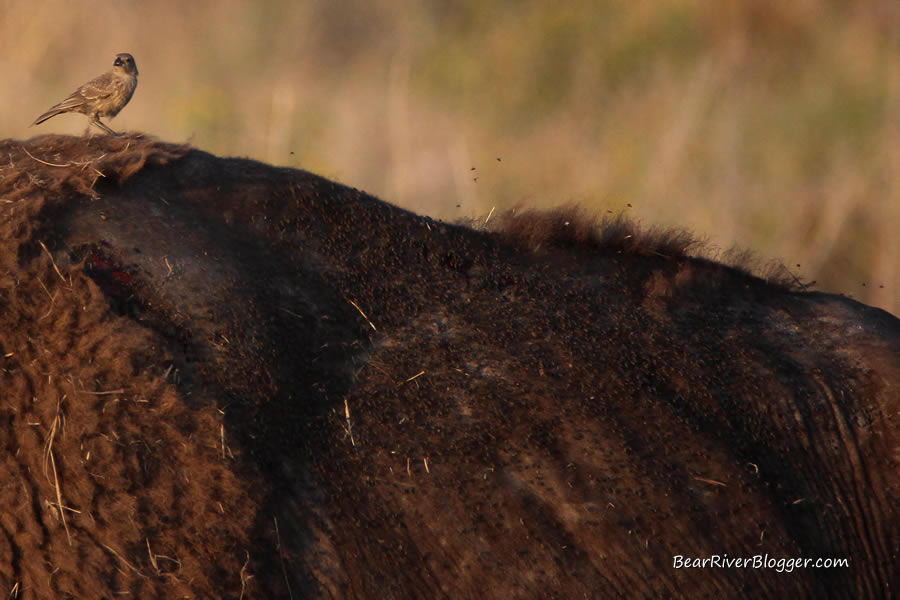
Birds, such as cowbirds, starlings, and magpies, sitting on bison, cattle, and horses serve a great purpose by feeding on the insects and, in turn, helping mitigate the harm an infestation of flies and other insects can potentially cause.
Biting flies and other annoying insects are a constant problem for bison during the hot summer months and a few specific bird species, including the cowbird, will help in some way to try and control this summertime problem for the bison by gorging itself on an abundance of irritating insects.
In addition to helping shed their heavy fur coat, bison will also visit a dry wallow and roll around in the bare dirt to help rid themselves of the pesky insects and biting flies, a behavior that is quite common on Antelope Island during the summer months.
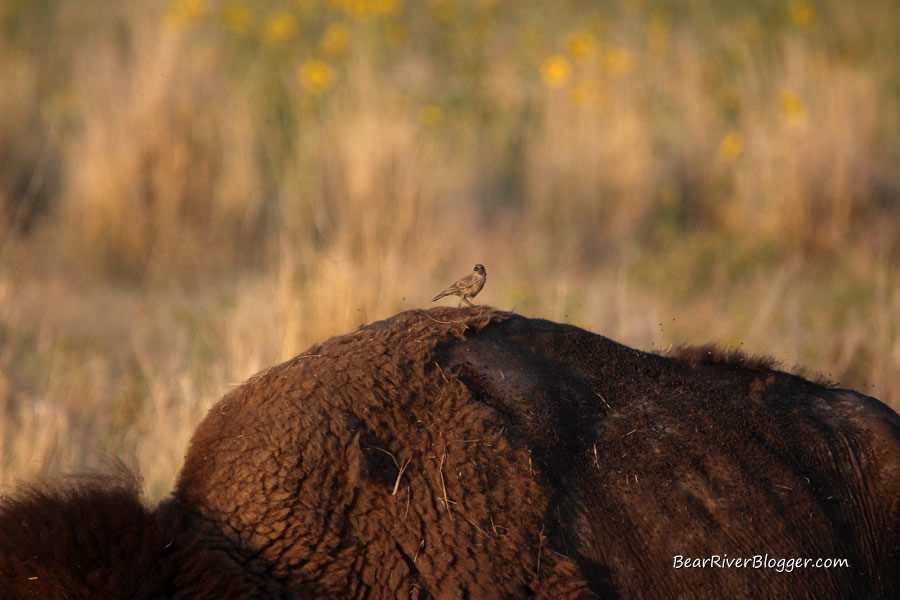
So next time you are out and about doing some birdwatching and find birds closely following cattle, horses, and bison, keep an eye out and pay close attention to what’s going on as there is most likely a benefit to both beast and bird.
If you are a birdwatcher and a nature enthusiast like I am, I offer you to head on over to our subscribe page and sign up for email notifications for future blog posts similar to this one.
We also offer you to check out and follow our small but growing YouTube channel where we post updates about conditions on the Bear River Migratory Bird Refuge auto tour route as well as other places we may visit on our blogging travels.
“Let’s Go Birdwatching” American white pelican T-shirts, Sweatshirts, Gifts, And Hoodies
